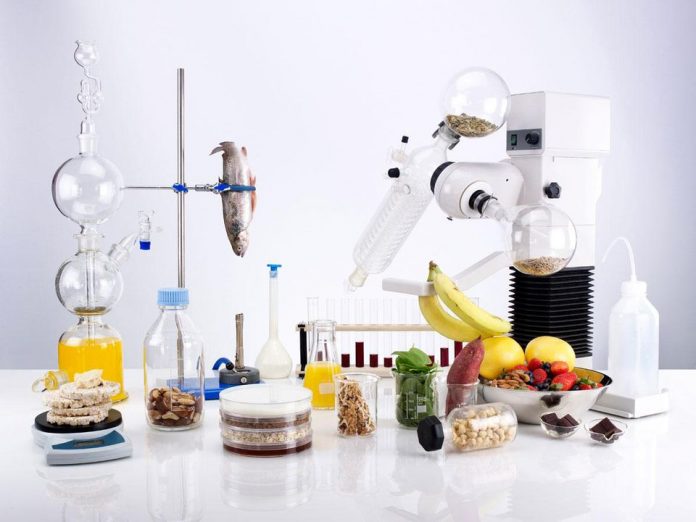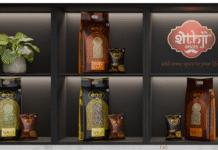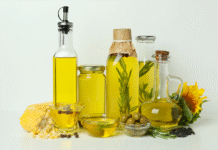According to the Mordor Intelligence report, India’s food flavor and flavor enhancer market is forecast to grow at a CAGR of 3.5% from 2019 to 2024. The global market for natural flavors is witnessing an exponential growth over the past couple of years due to increasing demand for natural ingredients in food, growing health concerns and declining demand for chemicals and artificial food ingredients. All of these factors are fueling the growth of this segment and making it a huge contributor to its market share in the food industry. In addition, India’s diverse culture and large variety of cooked food requires food flavors, enhancers and the use of spices and herbs – all combining to an evergreen demand for food flavors in the country.
As per CODEX there are three basic categories for flavor – artificial or synthetic, nature identical and natural. However, nature identical flavors constitute one or more artificial ingredients and this category is only accepted in a few countries.
Natural flavors
As per FDA’s definition, natural flavor or natural flavoring means the essential oil, oleoresin, essence or extractive, protein hydrolysate, distillate, or any product of roasting, heating or enzymolysis, which contains the flavoring constituents derived from a spice, fruit or fruit juice, vegetable or vegetable juice, edible yeast, herb, bark, bud, root, leaf or similar plant material, meat, seafood, poultry, eggs, dairy products, or fermentation products thereof, whose significant function in food is flavoring rather than nutrition.
Natural flavors don’t necessarily mean that flavor is prepared 100% from the actual source; for example, mango natural flavor may or may not be derived from mango fruit only. In fact, the flavor compounds can be derived from any other fruit, plant or microbial sources and used for preparing the desired flavor.
Natural and artificial flavors
Generally, consumers assume that natural flavors are safer than artificial flavors, but it is a myth. Artificial flavors are made in laboratories from non-food sources while natural flavors come from foods or other edible things. However, both end up being chemically the same and are safe to consume. Flavor Extract Manufacturers Association (FEMA) has laid down guidelines to decide if any given natural or artificial flavor is safe to consume or not as per generally recognized as safe (GRAS) regulations. The general sentiment is, if it is natural then it is good. However, this may not be 100% true. One must look at the nutrition facts label to understand if the food is good for consumption.
Labelling is based on the source
The flavors may be labelled as organic, vegetarian and vegan depending upon their source, for example, natural chicken or fish flavors may contain natural compounds derived from some animal source. Moreover, it is worthwhile to note that none of the natural flavors adds any nutritional value to the product. Since some of the flavors are derived from natural sources like soya, nuts, milk, wheat, egg and fish, at times these flavors can cause allergies depending on the source and on the severity index for a particular source.
No more false claims
The rise in consumer concern regarding usage of food additives and preservatives has led to the demand growth for transparency and clean labels, thereby hindering the artificial flavor and additive market. However, the definition of the word ‘natural’ provides a big gray area when it comes to packaged foodstuff. At times it is misleading for consumers who feel that it is actually from the mentioned source and is 100% safe. Recently, FSSAI has brought out new regulations on advertisement and claims where the regulatory body has put some restrictions on the use of words like ‘natural’ and ‘fresh’ on labels.
By: Satish Bhorkade, business development manager at Oror Flavors and Chemicals for the Africa Region.
IndiFoodBev — authentic, impactful and influential
An English-language food and beverage processing and packaging industry B2B platform in print and web, IndiFoodBev is in its third year of publication. It is said that the Indian food and beverage industries represent approximately US$ 900 billion in revenues which implies more than 20% of the country’s GDP. Eliminating the wastage on the farmside can help to deliver more protein to a higher number of the population apart from generating sizable exports. The savings in soil, seeds, water, fertilizer, energy and ultimately food and nutrition could be the most immense contribution that country is poised to make to the moderation of climate change.
To improve your marketing and grow sales to the food and beverage processing and packaging industry, talk to us. Our research and consulting company IppStar [www.ippstar.org] can assess your potential and addressable markets in light of the competition. We can discuss marketing, communication, and sales strategies for market entry and growth.
Suppliers and service providers with a strategy and budget for targeted marketing can discuss using our hybrid print, web, video, and social media channels to create brand recognition linked to market relevance. Our technical writers are ready to meet you and your customers for content.
The second largest producer of fruit and vegetables in the world is continuously expanding processing capacities and delivery systems with appropriate innovative technologies. We cover product and consumer trends, nutrition, processing, research, equipment and packaging from farm to thali. Get our 2025 media kit and recalibrate your role in this dynamic market. Enhance your visibility and relevance to existing markets and turn potential customers into conversations. Ask for a sample copy of our bi-monthly in print or our weekly IndiFoodBev eZine each Wednesday.
For editorial info@ippgroup.in — for advertisement ads1@ippgroup.in and for subscriptions subscription@ippgroup.in
Naresh Khanna – 10 February 2025
Subscribe Now












